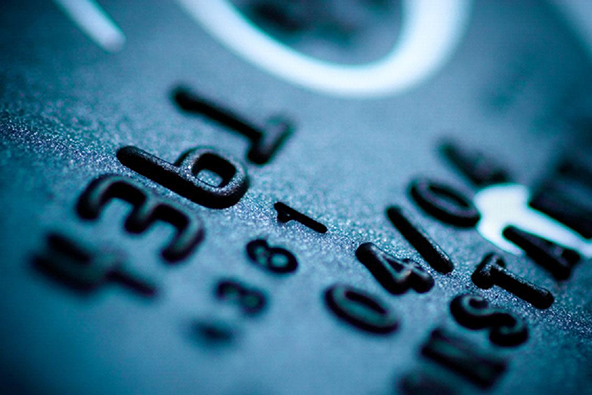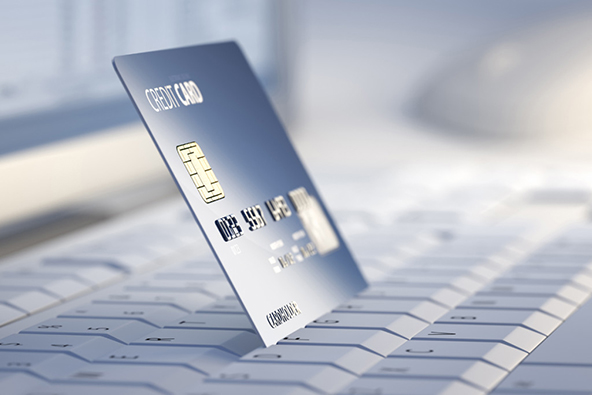Credit Card Skimming

There have been a number of credit card skimming reports in the last couple of months, clearly indicating that there is a rise in this type of fraud. Let’s take a look at what skimming is, how it is done and what you can do to protect yourself.
What is skimming. Skimming is a fraudulent activity involving the illegal copying, or “skimming”, of the account information stored in the magnetic stripe of a credit or debit card. Unfortunately it is way too easy for criminals to skim a card’s information. There are a couple of ways skimming is done:
- Most often skimming is committed in a card-present environment, typically by employees of restaurants, bars or other merchant locations where customers present their cards to pay for a legitimate transaction and the swiping of the card is done out of the customer’s sight. The employee completes the legitimate transaction and then swipes the card through an electronic device (skimmer) that reads and stores the victims’ account information. The card is then returned to the unsuspecting customer.
- The other major skimming scheme is perpetrated at ATMs. This type of fraud involves the installation of a skimming device over the ATM’s card slot, which reads the card information as the cardholder passes the card through it. Often a small camera is installed, in addition to the skimmer, to record the cardholder’s PIN.
The skimmed information is subsequently used to make copies of the card to be used in fraudulent transactions or the information itself may be sold to criminals.
How to prevent skimming. Unfortunately, it is difficult for cardholders to detect skimming, especially when it is done at a merchant location and out of sight. Merchants, however, can and must ensure the physical security of their terminals and monitor their employees’ activity. Specifically, merchants should be on guard against:
- The use of all electronic devices that are not needed or normally used in your type of business. If you are not sure exactly what a particular device is used for, you should investigate.
- Any offers to record customer card account information for whatever reason.
If you believe or suspect that skimming might be taking place at your business, you should immediately contact your payment processor and take the appropriate measures against the employee involved.
Card issuers, however, are perhaps best equipped to identify and put a stop to skimming activities. Cardholders first contact their credit card company when fraud is suspected and issuers keep track of these complaints and look for fraud patterns. If a particular merchant is connected to multiple complaints, the merchants should be investigated. It is, after all, in the issuer’s best interest to prevent fraud from occurring, as it is liable for the fraudulent amount, while the cardholder is protected.
Image credit: Fiscalliteracy.com.


